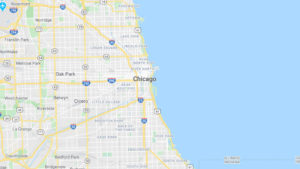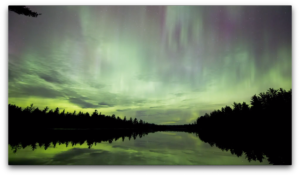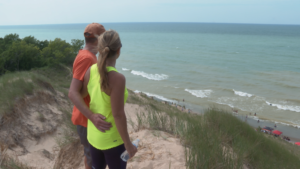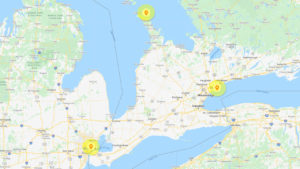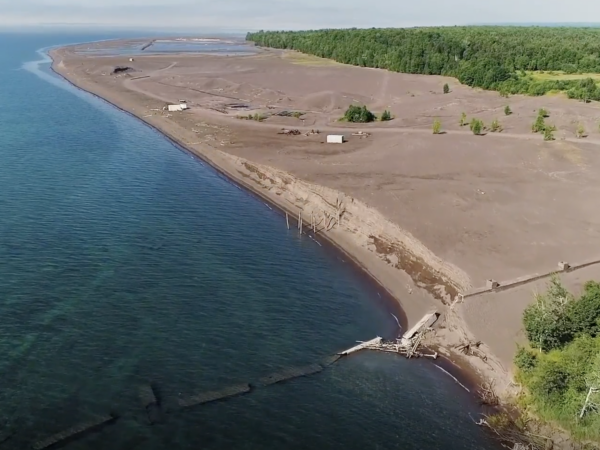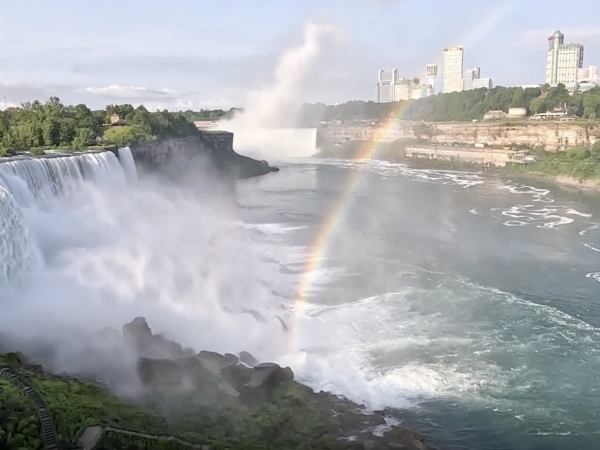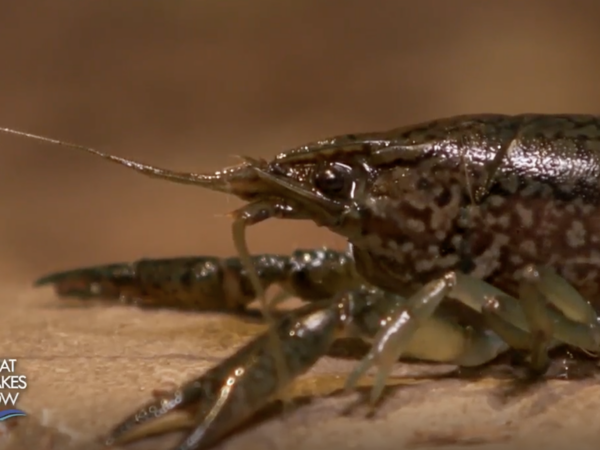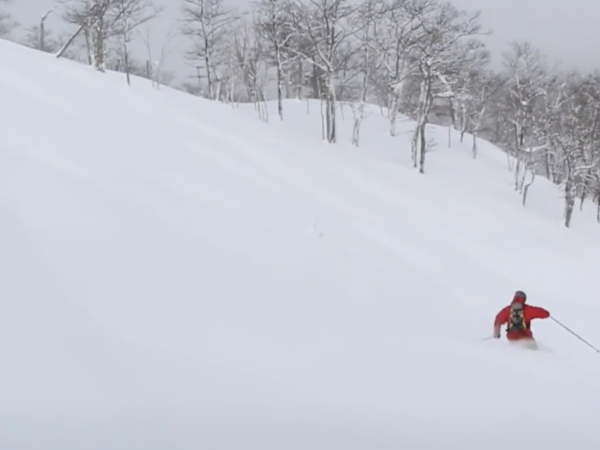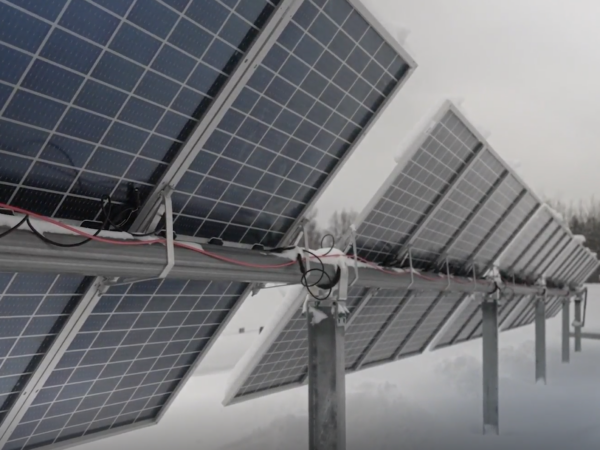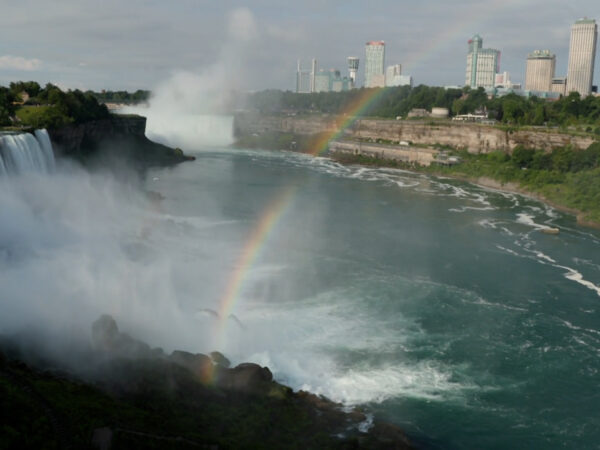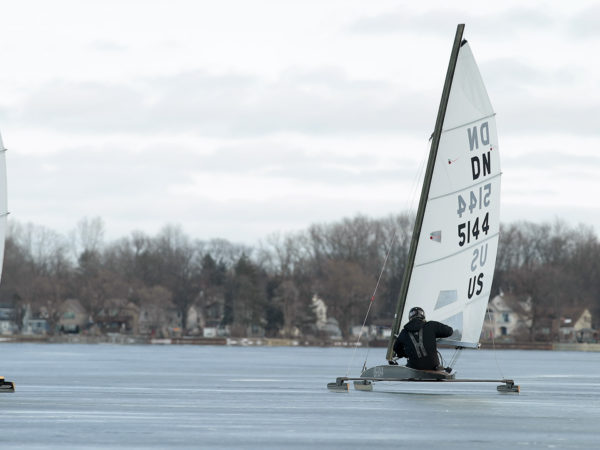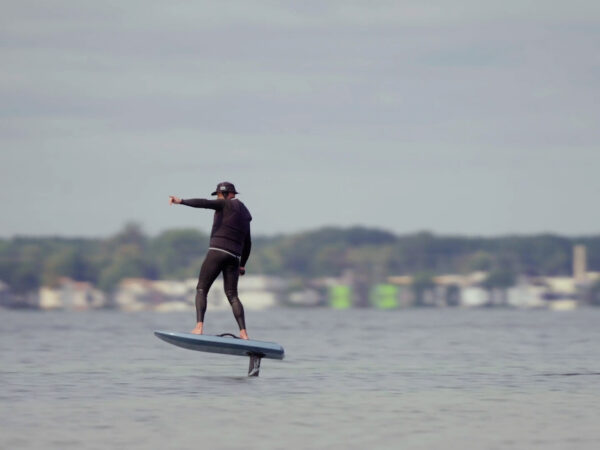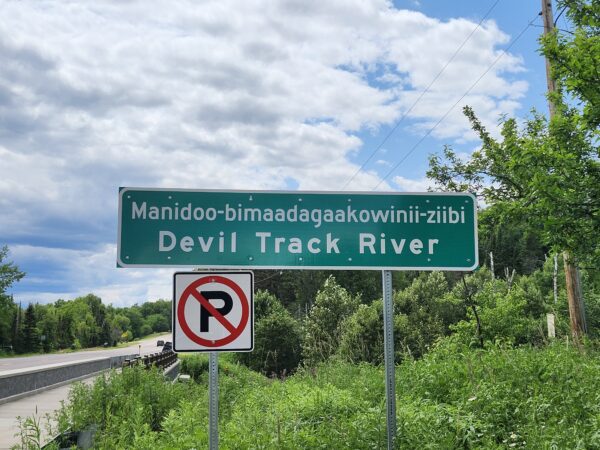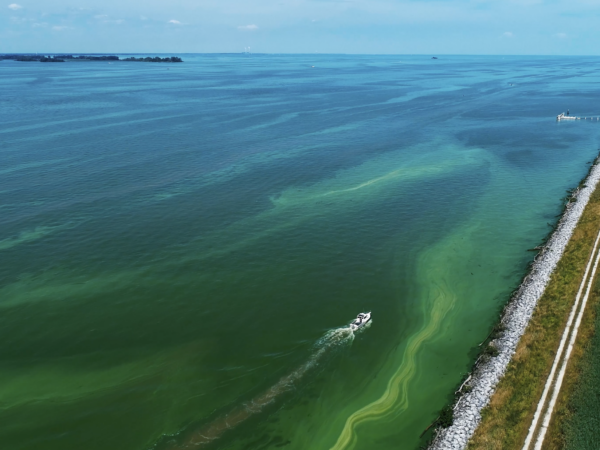In the Chicago River, fish populations have suffered since the river became a steel-lined channel, but can floating garden islands restore a more natural habitat? Our region offers spectacular night sky views, but will new satellites mar their beauty? And how are Great Lakes parks coping with COVID-19 and record-setting lake levels?
WHERE WE TAKE YOU IN OCTOBER
Have a question about the Great Lakes or life in the region?
Ask Great Lakes Now, and if we can answer it, we might loop it into our coverage so others can learn too.
Submit Your Question
When to Watch?
Check your local station for when Great Lakes Now is on in your area.
Premieres on DPTV
Tuesday, October 27 at 7:30 PM
STATIONS CARRYING THE SERIES
DPTV
Detroit, Michigan
WEAO
Akron, Ohio
WNEO-TV
Alliance, Ohio
WCML-TV
Alpena, Michigan
WDCP-TV
Bad Axe, Michigan
BCTV
Bay County, Michigan
WBGU-TV
Bowling Green, Ohio
WNED-TV
Buffalo, New York
WCMV-TV
Cadillac, Michigan
WTTW-TV
Chicago, Illinois
WVIZ-TV
Cleveland, Ohio
WKAR-TV
East Lansing, Michigan
WQLN-TV
Erie, Pennsylvania
WCMZ-TV
Flint, Michigan
WGVU-TV
Grand Rapids, Michigan
WPNE-TV
Green Bay, Wisconsin
WGVK-TV
Kalamazoo, Michigan
WHLA-TV
La Crosse, Wisconsin
WHA-TV
Madison, Wisconsin
WNMU-TV
Marquette, Michigan
WHWC-TV
Menomonie-Eau Claire, Wisconsin
WMVS-TV
Milwaukee, Wisconsin
WCMU-TV
Mt. Pleasant, Michigan
WLEF-TV
Park Falls, Wisconsin
WNIT-TV
South Bend, Indiana
WCNY-TV
Syracuse, New York
WGTE-TV
Toledo, Ohio
WDCQ-TV
University Center, Michigan
WNPI-TV
Watertown, New York for Ontario signal
WPBS-TV
Watertown, New York for U.S. signal
WHRM-TV
Wausau, Wisconsin
Chicago’s Floating Islands
SEGMENT 1 | Chicago, Illinois
Many rivers in urban areas have been channeled and dredged for shipping, and the result has been detrimental to the ecosystems of fish and wildlife.
To help undo the damage on the Chicago River, the organization Urban Rivers has created a mile-long eco park project called the “Wild Mile” to expand fish and wildlife habitats.
In partnership with the John G. Shedd Aquarium, Urban Rivers installed floating garden islands along the “Wild Mile.” The plants on the islands have roots that add oxygen to the waterways and provide new habitats for fish and other wildlife.
The Shedd Aquarium is encouraging volunteers to help collect data on wildlife and collect trash along the river through a program called, “Kayak for Conservation.” Jackie Majdov, the Shedd’s manager of conservation stewardship, said the project also helps the community understand the river and be involved.
“The connection to the river is so important because in order to continue improving the Chicago River, we need people who care for it, and in order to have people who care for it, they need to have a relationship with it,” she said.
In the summer of 2020, Urban Rivers added 170 islands to the original 60.
Austin Happel, a Shedd research biologist, has been monitoring the islands and collecting data on the fish population. He has discovered 10 different fish species spawning on the islands.
Happel is optimistic that more floating habitats will mean more fish along the stretch of the Chicago River.
“They’re expanding the surface area that these wetlands take up,” he said. “Hopefully that means even more space for fish to hang out and spawn and I’m interested to see if we have more and more of that happening.”
Here are some other Great Lakes Now stories involving the Shedd Aquarium:
- Day in the Life: How are Shedd Aquarium’s animals coping in the absence of visitors?
- Taking out the Trash: Shedd Aquarium offers a new kayak experience for visitors
- Inside Entertainment: COVID-19 has Great Lakes aquariums and museums offering online activities
- Building islands on the Chicago River creates habitat for fish that citizen scientists (in kayaks) help preserve
The Shedd Aquarium is located on Chicago’s lakefront. To see more museums — and aquariums, forts and historical sites — along the Great Lakes, check out our interactive map of them HERE.
Shooting Superior Skies
SEGMENT 2 | Marquette, Michigan and Chicago, Illinois
Shawn Malone is a landscape photographer based in Marquette, Michigan, which is on the south shore of Lake Superior.
She’s drawn to the Great Lakes’ wide open expanses and constantly changing weather. In addition to filming the beauty of the region, for decades she has worked to capture the emotion of the water.
The technological advancements of digital cameras truly opened up the night sky for photography work, Malone said.
While some people might doubt the color spectrum of Malone’s images, “It is, in fact, real,” according to Nick Lake, manager of theatre experience and presentations and host of the weekly podcast Sky Watch at the Adler Planetarium in Chicago.
The Great Lakes region, Lake said, is one of the best night sky viewing destinations in the lower 48. Why? Partly because of a lower level of light pollution or what astronomers and photographers call “unwanted light.” The relatively unpopulated coastlines of the Great Lakes means fewer light sources block out the night skies.
Displaying this, the walls of Malone’s gallery in downtown Marquette are lined with stunning images of the northern lights: the kaleidoscopes of colors; reflections off the lake’s surface. They’re much more vibrant than the typical whisper of pale greens most commonly associated with the aurora.
To learn more about the Adler Planetarium’s SkyWatch Weekly program, click HERE.
Milwaukee Public Radio shared this collection of tips for viewing skies above the Great Lakes this fall.
Here are some other Great Lakes Now stories involving the Adler Planetarium:
The Newest National Park
SEGMENT 3 | Chesterton, Indiana
When the Indiana Dunes transitioned from being a National Lakeshore to a National Park, more visitors came to enjoy its beaches and trails.
To the staff — those khaki-clad park rangers in the iconic Smokey-the-Bear-type hats — the change didn’t mean much. Renaming the Indiana Dunes National Lakeshore to National Park did not mean more funding, administrative changes nor greater environmental protections.
But then the people came in 2019, the year of the new designation, and continued in 2020 as the pandemic sent people seeking more outdoor opportunities.
“We didn’t really realize how important it was going to be to the public, the higher profile, the number of people who are coming here,” says Bruce Rowe, park public information officer. “Literally the day that the change happened we started getting emails and phone calls from all over the country.”
Increased visitors could mean increased environmental threats, for example when people veer from the prescribed trails and trample grasses holding the sands in place. But park staff say they are working to minimize the threats from people — along with other potential dangers to the park’s ecosystem like invasive species of plants, industrial pollutants and increased lake levels.
Here is some other Great Lakes Now work on national parks, cultural institutions and historic sites to visit near the Great Lakes:
- What do you know about Great Lakes parks and other national sites? Take our QUIZ about the region’s parks.
- Board a Ship, See Some Fish, Learn the History: Great Lakes Museums, Aquariums and Forts
Get Out There
SEGMENT 4: Bruce Peninsula, Ontario; Toronto, Ontario; Detroit, Michigan
Great Lakes Now News Director Natasha Blakely and Great Lakes Now Contributor Sharon Oosthoek checked in with U.S. and Canadian parks about the challenges they’re facing in 2020.
Both record-high water levels and the COVID-19 pandemic have presented problems that national, state, and provincial parks have had to cope with.
Oosthoek recently visited the Bruce Peninsula, a Canadian park that has turned visitors away multiple times in the past few months. Plus, many of Oosthoek’s favorite beach spots are now under water.
“In Ontario, the parks around the great lakes saw a 7% increase in their car camping,” despite limiting booking to maintain social distancing, Oosthoek said, “and a 29% increase in backcountry camping.”
On the U.S. side, most parks saw increases.
“Many entertaining options have been closed to people, and as a result a lot of people have been turning to outdoor recreation,” Blakely says. “That’s really shown in the visitor numbers at national parks around the country but especially in the Great Lakes area.”
National parks like Indiana Dunes and Cuyahoga Valley have seen increased traffic 2020, but more remote places like Isle Royale National Park and the Apostle Islands National Lakeshore, which are reached by boat, had fewer visitors and the pandemic limited transportation to them.
Here is other Great Lakes Now work on national parks, cultural institutions and historic sites to visit near the Great Lakes:
- Think you know your national parks? Take our QUIZ about sites in the U.S. and Canada.
- COVID-19 Changes: Great Lakes parks and tourist spots are closing, remaining open and waiting for summer
- Trash Fish: Marine debris becomes sculptures at Great Lakes aquariums and museums
- Inside Entertainment: COVID-19 has Great Lakes aquariums and museums offering online activities
- Board a Ship, See Some Fish, Learn the History: Great Lakes Museums, Aquariums and Forts
Featured Articles
Digital Credits
The Great Lakes Now Series is produced by Rob Green and Sandra Svoboda.



